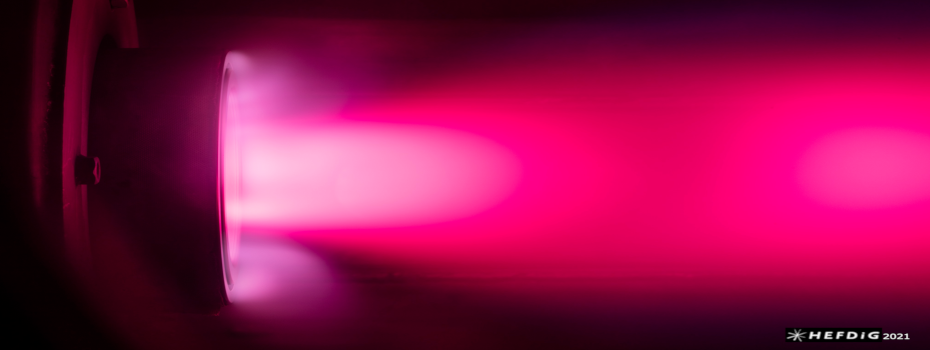Speaker
Description
At end-of-life, satellites must be de-orbited to comply with guidelines laid out by the Inter-Agency Space Debris Coordination Committee (IADC). Disposal by direct re-entry into Earth’s atmosphere is preferred. The IADC guidelines also state that undue ground risk to people and property must be avoided, and environmental pollution should be minimised. These guidelines are intended to prevent over-crowding of the LEO region, which has accumulated a significant amount of orbital debris since the advent of the space age. Aerothermal heating during re-entry causes satellites to burn up in the Earth’s atmosphere. Occasionally, re-entering bodies fail to burn up completely leading to Earth impact events. One such event occurred in 2001, when a 70 kg tank from a Payload Assist Module - Delta (PAM-D) rocket stage crashed into the Saudi Arabian desert.
Computational models have been developed by space agencies and private corporations to predict re-entry trajectories. Accurate prediction of aerothermal heating in the rarefied slip-transition regime is difficult, particularly when coupled to the high temperature gas effects generated by entry speeds over 6 km/s. There is also a distinct lack of experimental data to verify and improve these models. Most of the re-entry literature focuses on aerodynamically optimal geometries at low total enthalpies and continuum. Very few studies have gathered data at conditions where density and enthalpy are matched to flight.
This paper describes heat transfer experiments in the Oxford T6 Stalker Tunnel, configured in expansion tunnel mode. A new rarefied flow condition was commissioned with a freestream Knudsen number of 0.011. Flow enthalpies in the range 19-22 MJ/kg were achieved, corresponding to flight velocities of 6100-6500 m/s. Post-shock conditions were matched to those expected at altitudes in the range 81-90 km. Scaled flat-faced cylindrical models with a diameter of 10 mm were used to represent satellite tanks. The Macor models were instrumented with platinum thin film heat transfer gauges and coated in a thin silicon dioxide film to insulate them from electrons in the ionised flow. A novel mounting method was developed using a ring to allow mounting of up to 12 models at the same radius in the nozzle, avoiding particulate damage caused in the operation of the expansion tunnel. This ring also allows for variation of angle of attack of the model set, as well as the flexibility to mount models in different orientations. Heat flux measurements are compared to those numerically predicted using the Eilmer 4.0 solver.
The test bed described in this work provides a novel capability in Europe to provide further validation data for satellite demise.
Summary
This work was undertaken by the main author during a Master's project. The co-authors, all based at the Oxford Thermofluids Institute, provided guidance and assistance throughout the project. The main author is returning to the Oxford Thermofluids Institute after graduation to pursue research into aeroheating of satellite components during re-entry. More experiments using the test bed developed in this study will be conducted to provide a reference dataset for aerothermal modelling.

